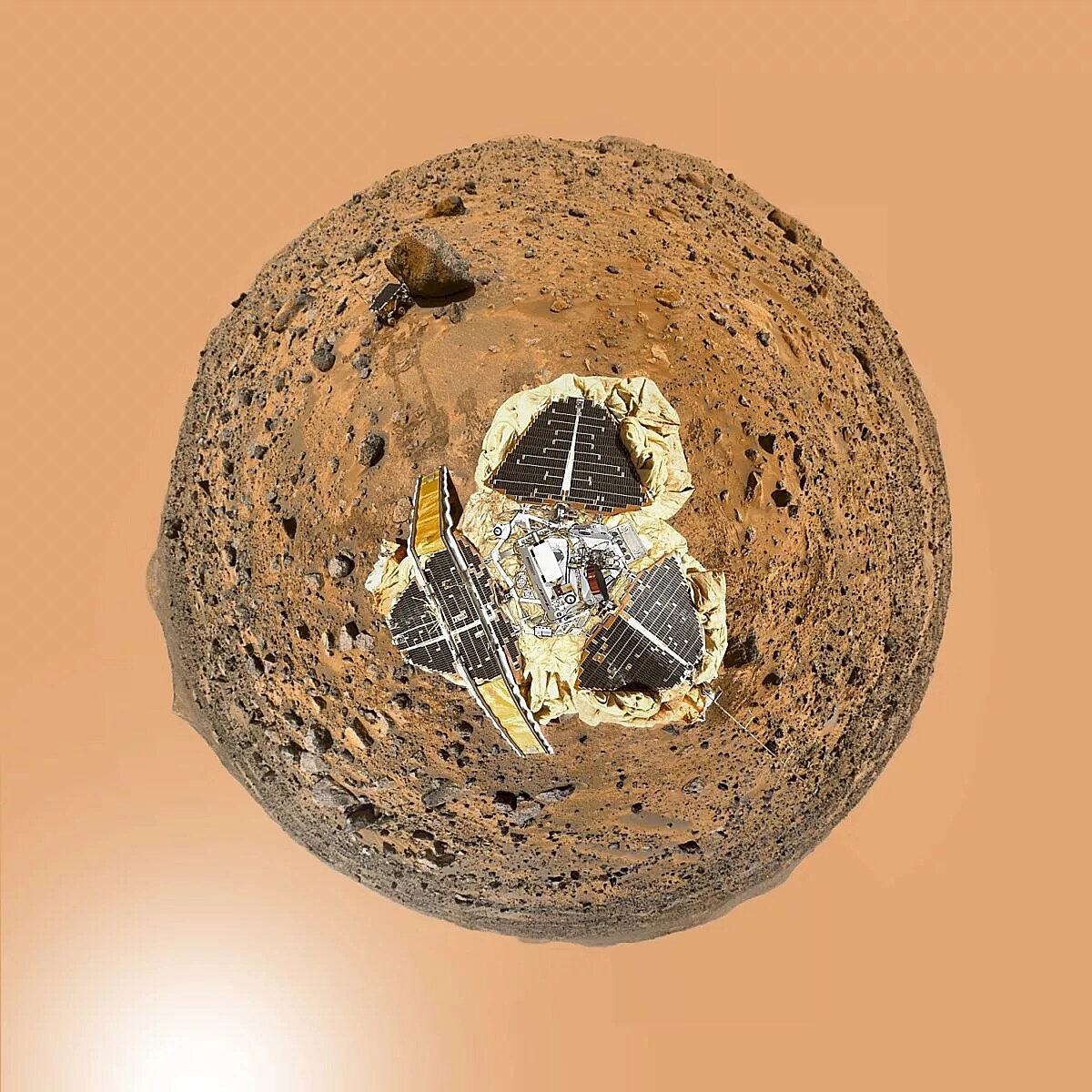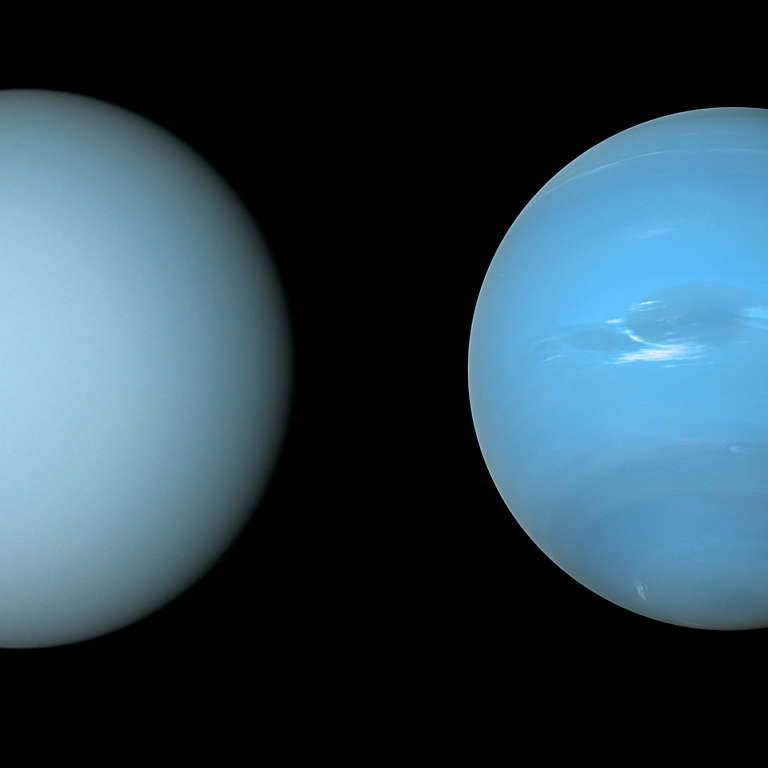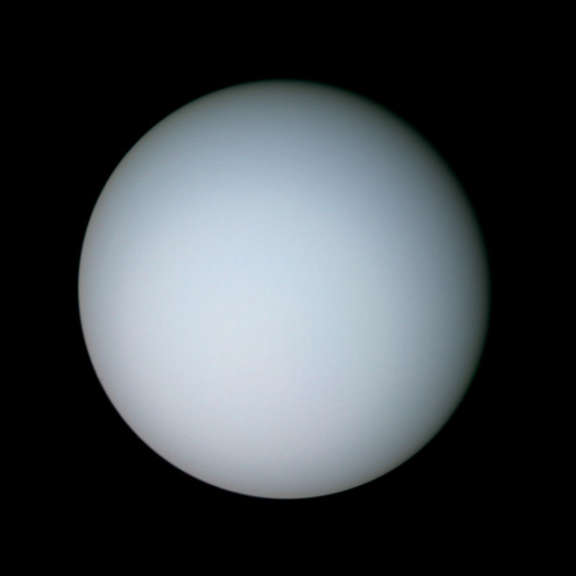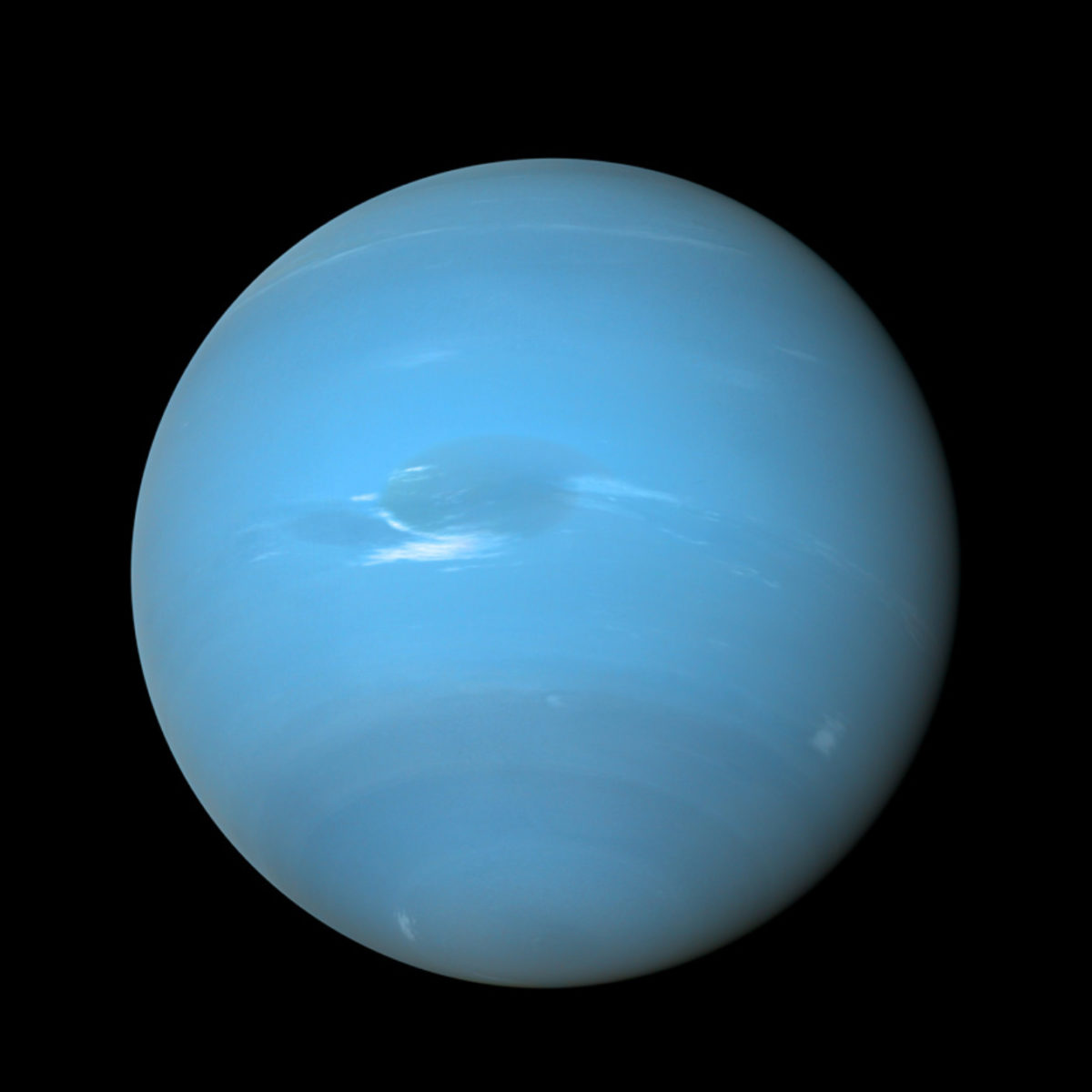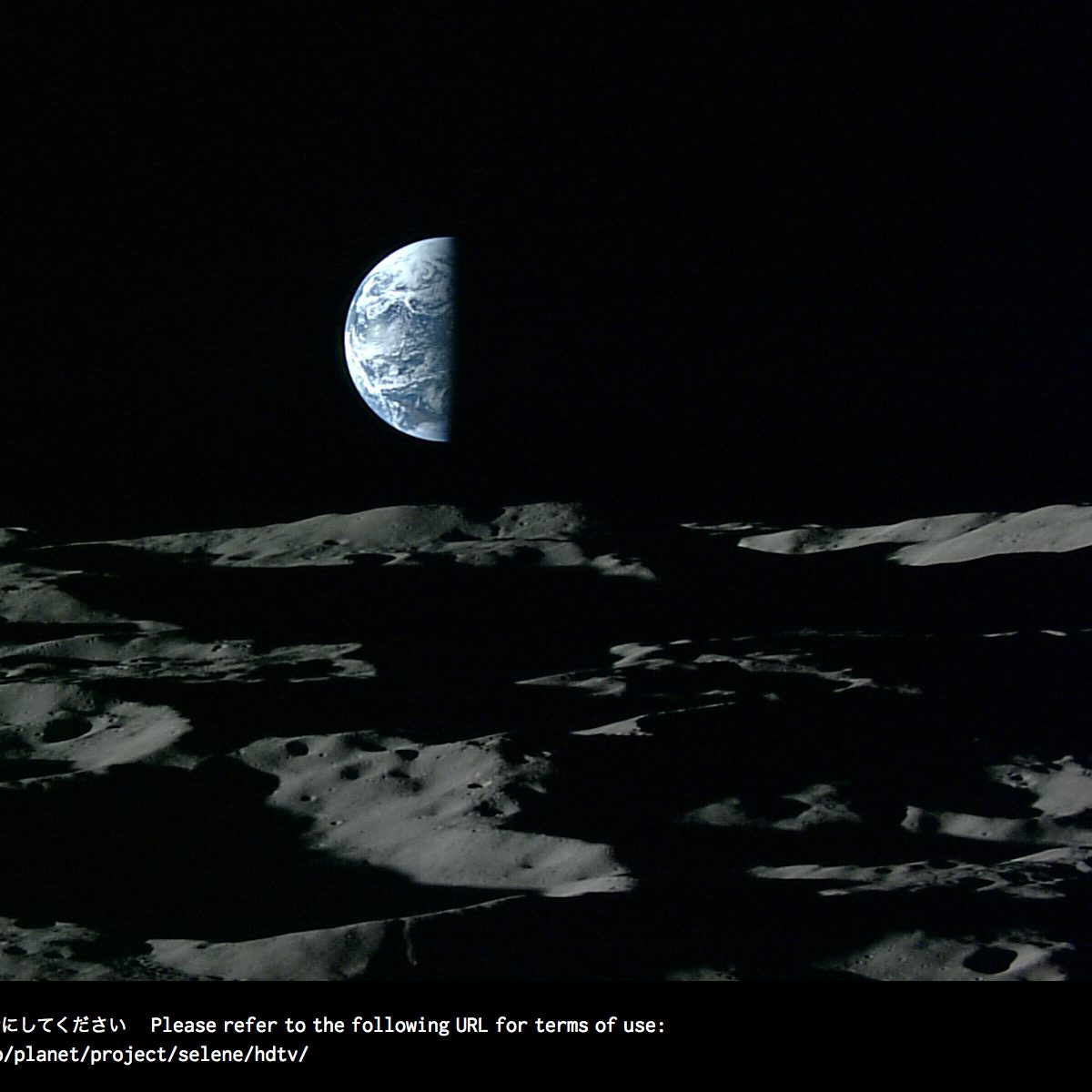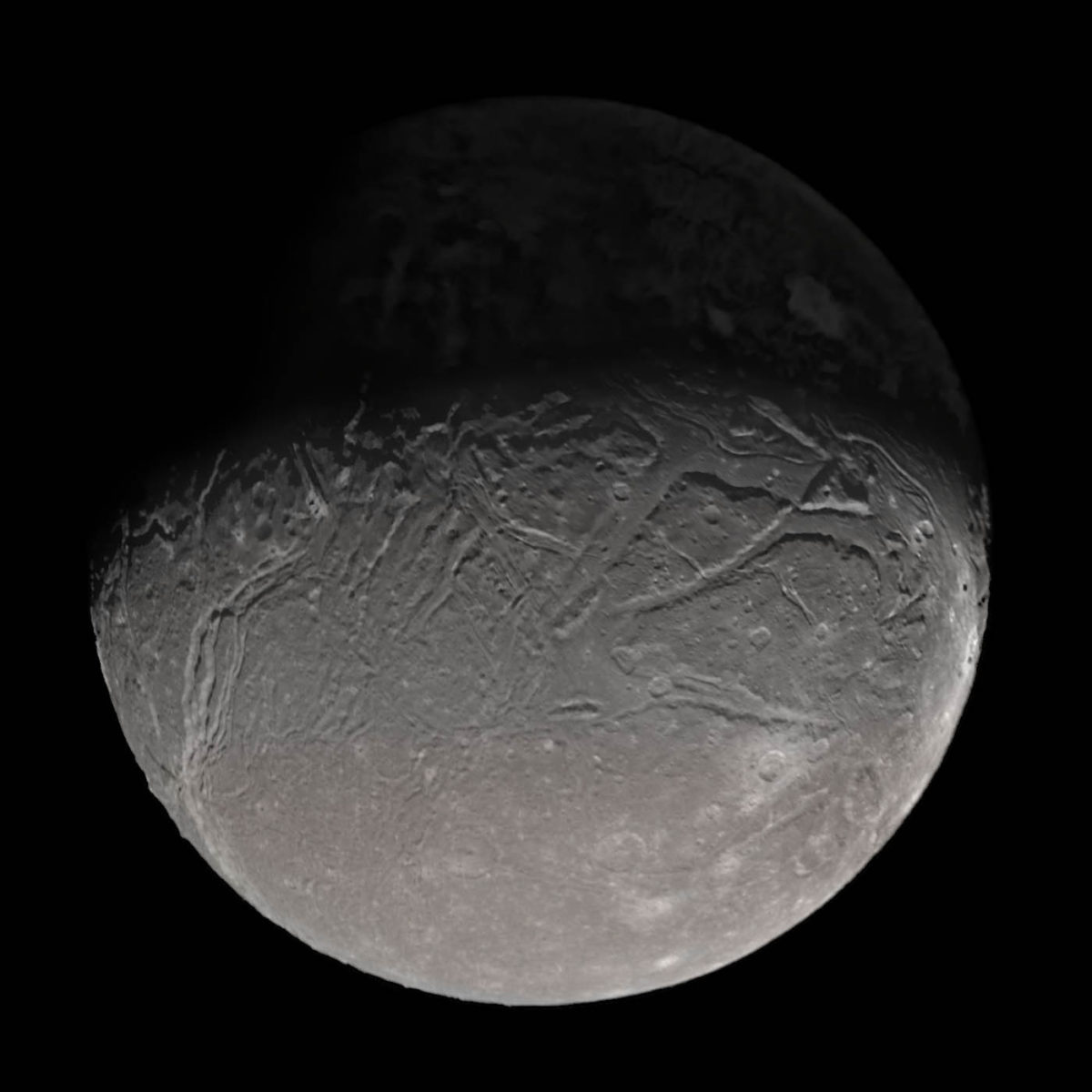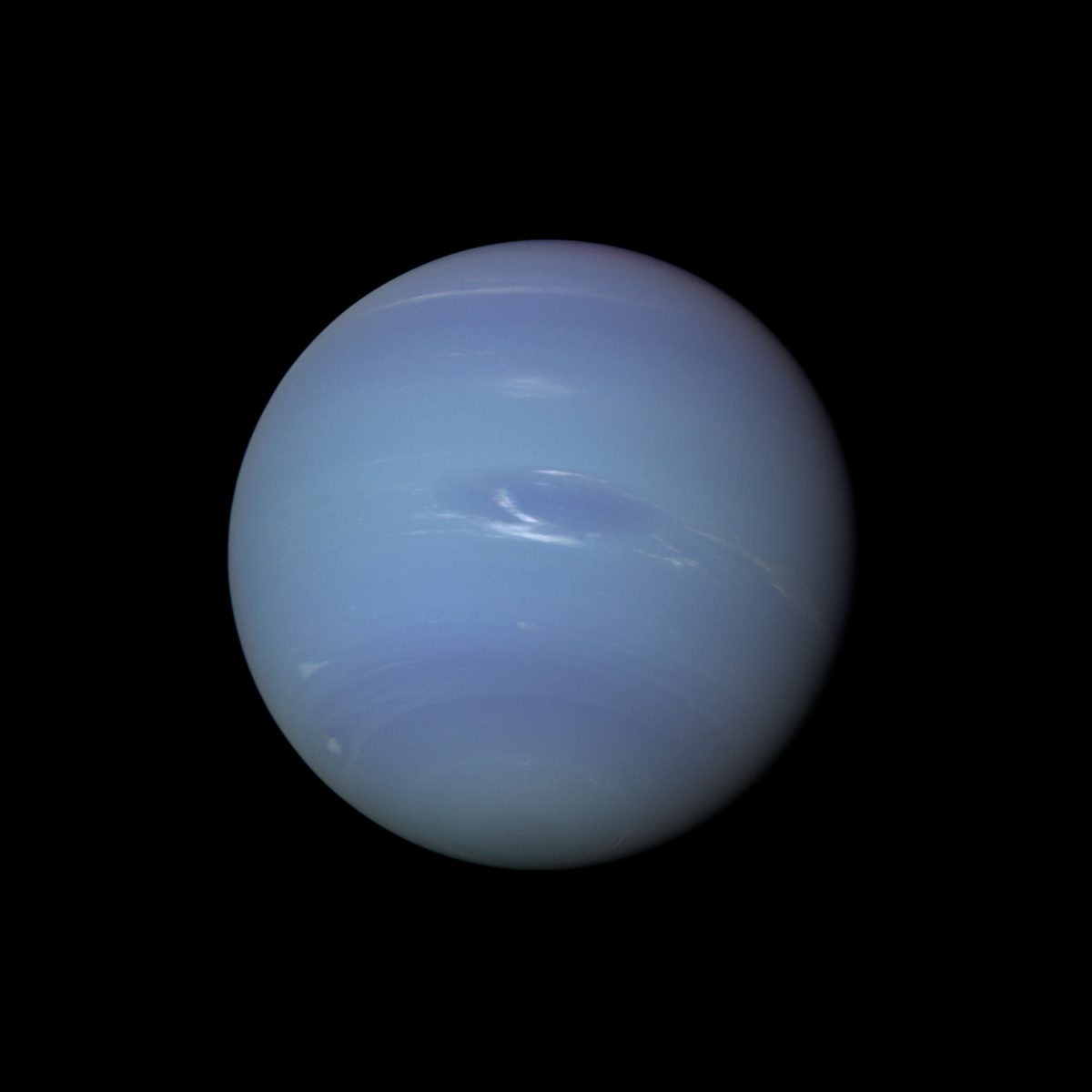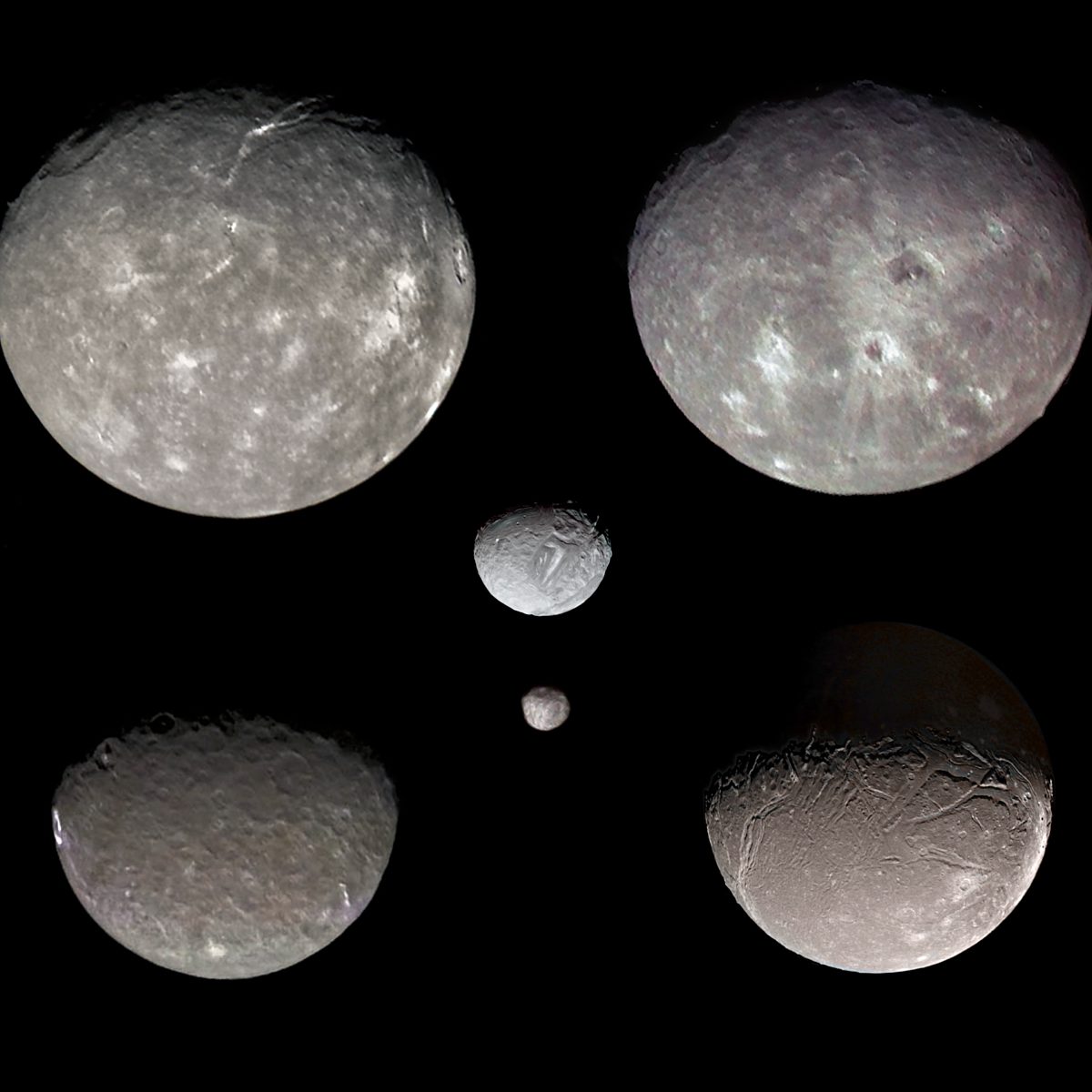All
All
Stories, updates, insights, and original analysis from The Planetary Society.
How do planets get rings?
The planets in our Solar System show that no two ring systems are exactly alike.
First steps and big leaps
Technological innovation is a big part of the fun of space exploration, and you can help make it happen.
A hazy shade of winter
A Martian explorer hunkers down for winter and a planet’s haze is explained.
It’s not easy being this far out
Distant robots run into problems, and distant worlds hold onto secrets — for now.
How Uranus and Neptune are key to unlocking how planets form
A flagship mission to the ice giants — Uranus and Neptune — will forever change our understanding of the origin and evolution of our solar system.
Planetary Science Decadal Survey: After the Red Planet, an Ice Giant
After completing Mars Sample Return, Uranus should be the target of NASA's next major planetary mission, according to a major new report by the National Academies of Sciences.
The best space pictures from the Voyager 1 and 2 missions
NASA’s Voyager missions provided an unprecedented glimpse into the outer solar system.
Return to Neptune? The plans to send an orbiter to the elusive planet
Is it time NASA sent an orbiter to study the other blue planet in our solar system? Proposals for missions to study the ice giant planet Neptune and its mysterious moon Triton have been on NASA’s to-do list for over a decade, but until now nothing has happened.
The far reaches of the solar system and beyond
Take a look at distant worlds, far-out views of the cosmos, and even some remote possibilities with this week’s scoop on space news and solar system history.
Solar System History 101
How did our solar system come to be? Why are the planets, asteroids, comets, and other small worlds where they are now?
The Next 10 Years
Six scientists share the major planetary science discoveries of the past decade, and the questions that will drive the next 10 years of solar system exploration.
Not a Heart of Ice
Mark Marley explains what planetary scientists mean when they say the word
The Realm of the Ice Giants
Imagine 2 icy worlds far from the Sun. Their serene, blue atmospheres. Huge, ominous-looking storms. Tantalizing glimpses of moons with exotic, icy terrains. Delicate sets of encircling rings.
The subtle color difference between Uranus and Neptune
The color of Uranus and Neptune is similar, but not identical. Uranus appears greener and Neptune bluer.
Voyager 40th anniversary: Revisiting the Voyagers' planetary views
Björn Jónsson argues that even now, 40 years after Voyager 1 and 2 were launched, a lot of the data they returned is still of high interest.
Voyager 40th anniversary: The transformation of the solar system
The Voyager missions transformed most of the large worlds of the solar system from points of light into places to be explored.
How we would explore Uranus or Neptune
One fact dominates the planning for any mission to Uranus or Neptune: They lie far from the sun. A newly released NASA report looks at how we can explore these icy giants.
Revisiting the ice giants: NASA study considers Uranus and Neptune missions
Only one spacecraft has ever visited Uranus and Neptune: Voyager 2, in the late 1980s. A new NASA report explores the reasons to go back, and what type of mission might take us there.
Oppositions, conjunctions, seasons, and ring plane crossings of the giant planets
When are the solstices and equinoxes on the giant planets, and when are they best positioned for view from Earth? I ask these questions a lot as I write about Earth photos of giant planets, and I finally decided to gather the answers to those questions in a single post.
30th anniversary images of Uranian moons
January 24 was the 30th anniversary of the Voyager flyby of Uranus. Uranian moons have been on my mind ever since New Horizons sent us close-up images of Charon. On the occasion of the anniversary, Ted Stryk produced latest-and-greatest versions of the Voyager views of these worlds.


 Explore Worlds
Explore Worlds Find Life
Find Life Defend Earth
Defend Earth


 Sun
Sun Mercury
Mercury Venus
Venus Earth
Earth Mars
Mars Jupiter
Jupiter Saturn
Saturn Uranus
Uranus Neptune
Neptune Small Bodies
Small Bodies
